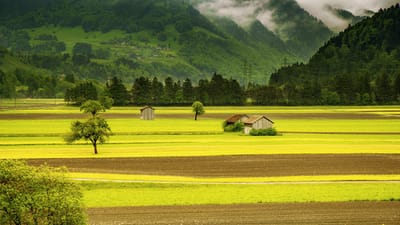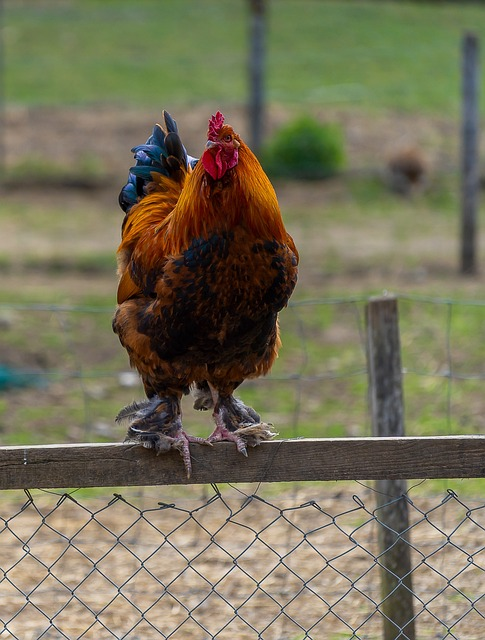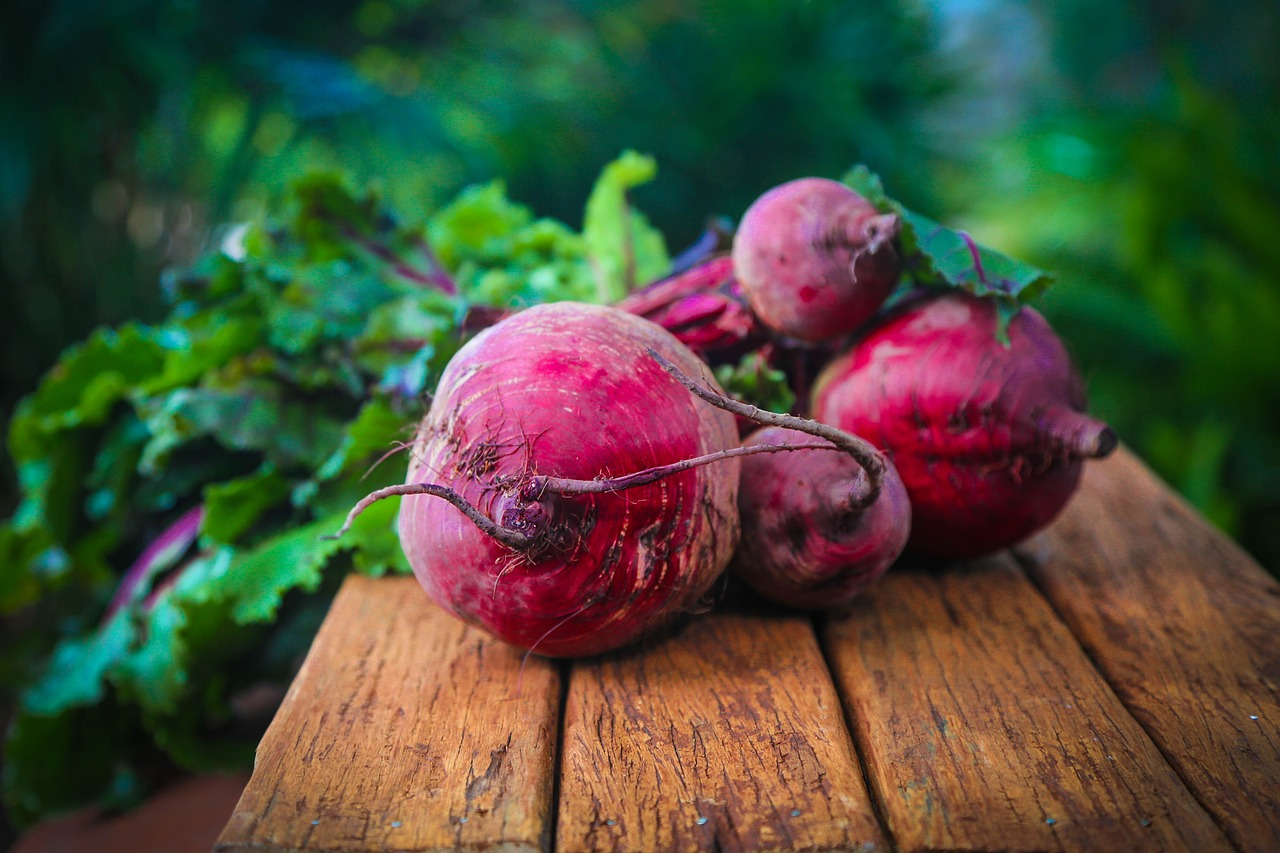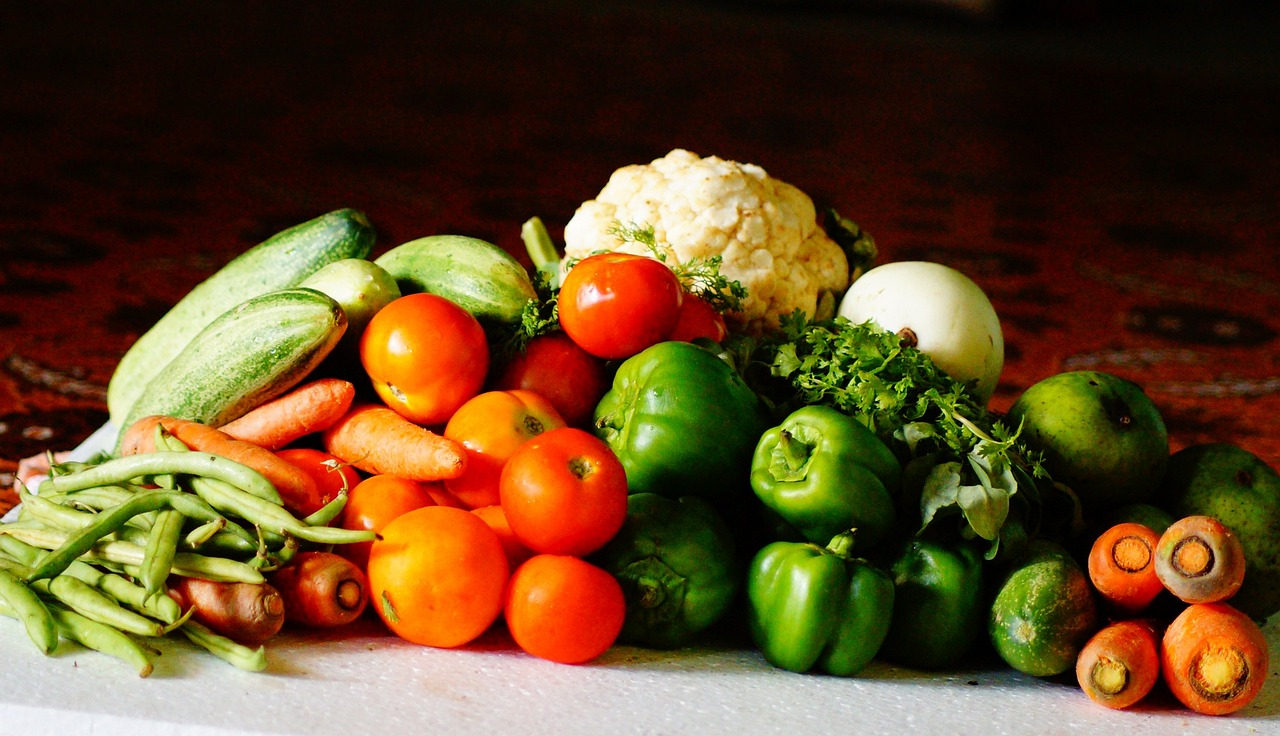1.0 AUTONOMOUSLY DRIVING FARM EQUIPMENT

2.0 AUTONOMOUSLY DRIVING FARM EQUIPMENT: Unmanned Ground Vehicles at Roboticstech
I am passionate about developing and improving something until it works perfectly. I really enjoy breaking new ground and combining old techniques with modern working methods. This is how this concept for agricultural use came about.
For a long time now, fundamental misguided developments have been evident in the practice of modern land management. The price of high yields is at the expense of the biogenic topsoil and has led to permanent dependence on the products of dominant chemical and agricultural companies.
The implement described below would have several positive effects: it enables rational organic farming, is easy to use, affordable, time-saving and very practical due to its versatility.

One of the satellite-supported systems commonly used in the latest generation of robotic mowers is used for initial spatial orientation, which follows the parallel routes in rows (without boundary wire and without zig-zag empty sections). The software "learns" to map each field plot autonomously using this guidance sensor system. And so, at the end of the field, the device automatically turns to the next row position. Its stereo-optical camera and LiDAR allows such devices to see what needs to be done.
The working width can be varied between 1.4 and 7 metres*. The implement runs on four e-wheels with light tyres, each with 500 watts of power**, and four additional currentless support wheels. With its approximately 10 m² of thin-film solar foils, it delivers the average amount of power to cover the output even in diffuse light conditions. An additional battery pack can be connected to provide any residual power required.

The energy for the mechanical field operations comes from a carbon pressurised air tank, which is charged on the farm.
The basic device is coupled with the appropriate attachment for the respective requirement. Specially designed on-board software visually recognises, for example, emerging weeds. A series of hydraulic lances cuts it off precisely at the root and prevents it from growing further. When used in dry weather, the device thus provides the decisive dominance of the respective sowing. It also has appropriate attachments for use as a bar mower or for hay preparation ***.
With a thermal imaging sensor placed at a height of 3 m, young animals resting in the grass, for example, could be detected in advance and spared by stopping the device (app notification on mobile phone).
Another attachment sprays organic pesticides instead of the usual "round-up"! The spray tank would be a separate trailer with its own synchronised e-wheel. A worm bin harvest can also be carried out using the attachment.
Planting seedlings by combining with 2 - 3 "paper pot transplanters": these plant hundreds of vegetable seedlings in the ground every minute. Commercially available from https://www.terrateck.com and can be viewed at: https://www.youtube.com/watch - https://youtube.be/z4a5qce5Nf4 and at https://youtu.be/z4aSoce5Nf4
With a light disc harrow attachment that gently crumbles the topsoil, the fertile soil can also be prepared without the use of questionable "agrochemical aids".

Such autonomous beam units perform valuable and environmentally friendly work steps with minimal labour and time expenditure and low operating costs. In the implement store, they require around 2 m² and a room height of 4 metres. The booms are folded up on the way to and from the field****. Only for grain harvesting and for larger crops do you still need the usual agricultural machinery.
Carefully treated soils have a richly layered micro-life, especially without deep ploughing. Only deep ploughing depletes them of nutrients and robs them of their natural function as topsoil! With regular crop rotation and gentle soil cultivation, a return to high-yielding organic farming is possible.

Whether with a direct subsidy on purchase or tax deductibility - there should be an environmental protection subsidy for autonomous, solar-powered arable mobility, just as there is for the purchase of an electric car. Otherwise, a farmer will continue to drive huge amounts of fossil kilometres on his fields (4 - 9 times a year) - line for line for line!

These CO2-emitting routes are spared by the light, solar-powered agricultural machinery - in a clean way.
SOCIAL AND ECONOMIC ASPECTS THAT COME WITH USING THESE HI-TECH EQUIPMENT:
There would be significant standards and improvements on Austria's 24,000 organic farms: women would no longer have to spend many monotonous hours driving tractors in the fields. But they would be on the farm and with their children as mothers. Their husbands would not be commuting "part-time farmers", but instead of being dependent on monoculture, they could harvest a variety of fruits of good organic quality.
Farming would give way to joyless raking. The agricultural products of regional farmers could generate a pleasing return as Fairtrade organic food. All activities would then serve general food welfare and would not just be an underpaid "function" for a food supply industry.

Such equipment could be purchased and used jointly by several small farmers. If available in series, they would be an affordable and soon profitable investment and tractor supplement.
This development would be perfectly possible with the light, self-propelled beam devices - on the one hand, in view of the increasing consumer demand and, on the other hand, with the desire for the original farmer's joy and love of sowing and harvesting.
Biodiverse habitats need a mandatory fallow strip of around 5% to protect the numerous animal and plant species. This would also be an economically justifiable and indispensable measure. It would also be reasonable for a municipal budget to subsidise its beekeepers (around €2 per hive). After all, they are countering an otherwise silent spring! Such measures lead directly to rapid re-ecologisation. An environmental protection subsidy would also be useful for this. Their purchase authorisation could be easily checked using drone images.

The many chemically harmful all-round poisons have radically minimised insect diversity - and thus unfortunately also that of songbirds, whose diet includes insects. As a result, 75% of all insects have disappeared in the last 30 years! Overall, there are too few of the formerly abundant birds, flowers and butterflies.
It is also important to put a stop to the rapid "rural exodus" and unhealthy urbanisation that is taking place globally under turbo-capitalism with "new technology"! Without repopulating natural areas, i.e. returning home from the often fatal and unfortunate urbanisation, we will hardly be able to turn the corner into a future that is close to life. Some people are already following this more valuable orientation and moving into old farms. After all, human nutrition with FOOD has always been based on small-scale farming structures and their mixed cultivation.
* The beam arms consist of four 1.5 m long, removable elements, each with a wheel. Their arm joints ensure flexible adaptation to the ground. The PV foils can be attached to the cantilever frame. PV films produce e.g: ARMOR solar power films, Heliatek®, Flisom, Alwitra-Evalon cSi®, FirstSolar®, Nanosolar®.
** The 10 cm wide flat rims are encased in a rubber profile in full contact. Vulnerable pneumatic tyres are not necessary here. The wheel spokes end at the hubs or the 500 watt hub motors.
The 1 m wide centre section carries the compressed air tank and the batteries, which are reactivated in the yard with the PV-powered compressor and the charging station.
*** On slopes, the work is only carried out efficiently when travelling downhill. The speed will be between 10 and 25 km/h, depending on the power.
**** On the way to the field or yard, the device is controlled by joystick while seated on the centre section. The appropriate security code is then entered. All field work can be controlled and monitored via an app, and the approx. 50 kg aluminium tube struts (+ 40 kg wheel weight) provide the best recycling raw material for further use in the lifecycle.

The contractually agreed SDGs must be actively implemented by the signatory states within fixed timetables. These goals are necessary and achievable with the respective steering and funding instruments - for the common good and for the sake of creation!
Globally, more than half of the land inhabited by humans is only suitable for forestry or livestock farming due to its geological conditions. However, the livestock in these regions should neither live in permanent stables nor be fed nonsensical supplementary feed, still represent export goods which turn Amazon areas into deserts; they should therefore be able to live as naturally as possible.
* PV-Film produce e. g.: Armor-solar power films®, Heliatek®, Flisom, Alwitra-Evalon cSi®, FirstSolar®, Nanosolar®

The food industry and the use of agrochemicals have "bled" small farmers and their land dry, and countless farmers have sold their few hectares of land. Quite a few formerly proud farmers have even killed themselves out of need and despair!
A reversal begins by recognising the connections between: Mono "culture", species extinction, extreme climate, restless haste and market-driven consumer behaviour, land "flight" and urbanisation - to name but a few.
These patent-free suggestions now need regional implementation by our agricultural technology manufacturers and by the corresponding agricultural policy - that is my strong vision …
So far, my sustainable inventions - due to dormant politics and stagnant industries - do not seem to be making any progress. But even they - as mere technical improvements - cannot exactly result in the ark of Noah!
Such an ark is, for example, a healthy forest that is largely left to nature: it stores vast amounts of water, evaporates a large number of the aerosols that are necessary for cloud formation, it raises the groundwater level, is pure biodiversity and recreation, and in addition to oxygen, it supplies sufficient quantities of wood, which is constantly growing back. At altitudes below 800 to 1,000 metres, only deciduous trees should be planted!
---------------
Here I will now present future-orientated, equally non-fossil approaches:
LINKS:
https://www.pveurope.eu/installation/flower-power-better-field-irrigation-water-harvesting-flower-strip-photovoltaics
www.oekoregion-kaindorf.at
www.plant-for-the-planet.org
www.sonnenerde.at
www.youtube.com/elcarbonero
www.cgiar.org
www.fmnr.org = Farmer Managed Natural Regeneration
www.aquakulturinfo.de - aquaponik
www.verticalgardening.de
# Wurmkiste - selber bauen / # Terra Preta / # Woodcoal-heather.
BOOKTIPP: Peter Wohlleben – Das geheime Leben der Bäume - The secret life of trees
=======
Why am I publishing these wasted approaches to patent-free prior art?
Firstly, patent protection does not extend to urgently needed environmental protection inventions if, as here, overriding public rights are affected. Secondly, patent rights and their defence can practically only be realised by large companies and almost never by private individuals. And thirdly, published ideas can be disseminated more quickly as "open source". This means that you and any company can develop these approaches into a product line for your brand. No licences, no strict conditions.
Unfortunately, the ownership claims patented in the Geneva-based World Patent Office and national patent offices are also authorised as "lawful" for medicines, seeds, genetic creations - even living things? These attacks show how much the area of "intellectual property protection" has already become purely capitalist manipulation.

© by Michael Thalhammer - Juli 2011 - Technisch aktualisiert, Wien, 12.04.2019
---------------------------------
Flower Power brings flower strips + wind protection + water harvesting + economical solar systems to the field, thus increasing drought resistance and boosting agricultural yields. It is an agricultural promotion through economic solar systems.
See: https://www.pveurope.eu/installation/flower-power-better-field-irrigation-water-harvestingflower-strip-photovoltaics
Main advantage - because the solar harvesting fields are raised to a height of 2.5 metres, the ground below can be worked freely and yields of shade-loving crops can be harvested.
We still have enough rain in Germany, but it is more poorly distributed and cannot be properly absorbed by the fields. When it does rain, it is often in the form of heavy rain. On the parched areas, the water simply runs off and takes the good soil with it. This is where Flower Power can help.
In contrast to other providers, these flowering strip photovoltaic systems also have wind protection elements and recesses for water collection. In this way, we combine biodiversity, species protection, insect protection and power generation with food security. There is slightly less arable land available, but it has higher yields and is better protected against the consequences of global warming.

North/south-facing, vertically mounted PV rows would also be good for dual cultivation for solar power and agricultural energy. They harvest the energy on their 1 metre wide flowering strips from east and west, provide wind protection and partial shade and leave 95% as arable land. That's 18 metre strips of biodiverse arable land.

= = = = = =
Hoping for rain - by Mathias Fellinger
When everything humanly possible has been done and nothing more can be done, then the time has come to hope.
Hoping for rain and praying for rain. At last! Rain. Humanly possible: acquiring the field, levelling the ground, tending the machines, putting the grain in the ground. And wait. And hope. But you didn't make the seed yourself, not a single grain, and not even the soil, this primordial ground of stardust. Impossible for humans. Dust, sun and rain. And life. You cannot make it. Tend it, preserve it, revitalise it. Buy, level, use. Bake, enjoy. You can do that.

You can't create. Impossible for humans!
Man hopes for rain. When it is done, the humanly possible, and the rain you hoped for has come, then invite people to the table and tell them about your hope for rain.

And share. And laugh. And live.



